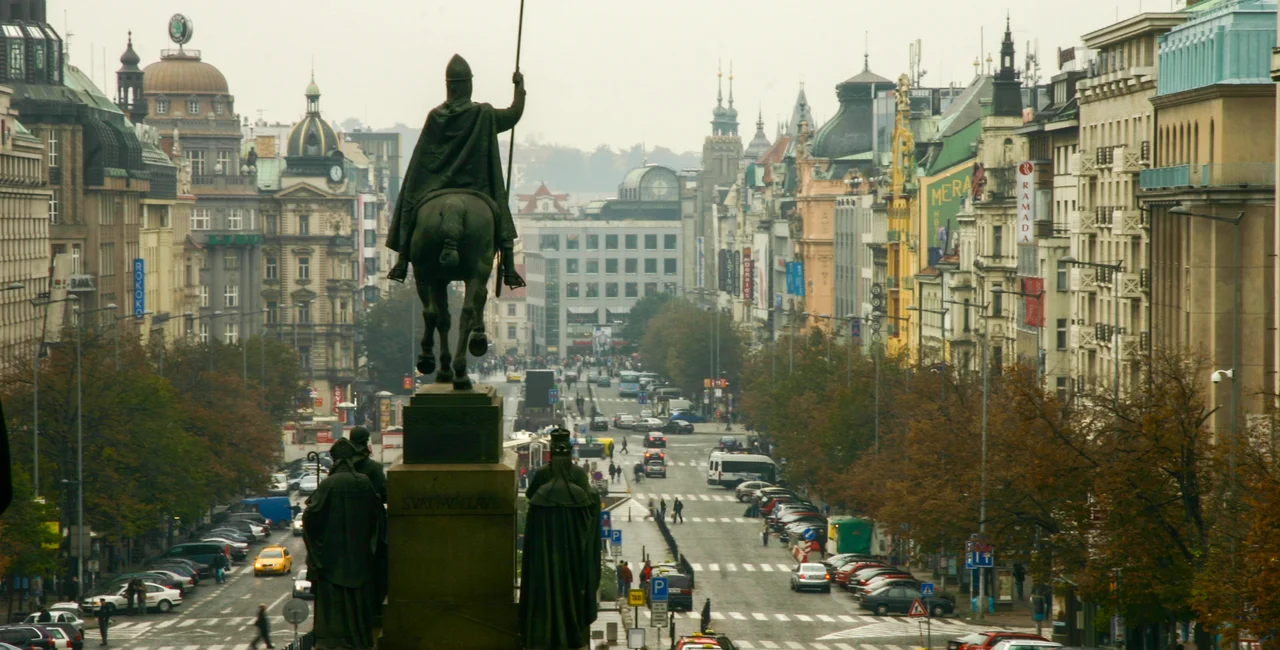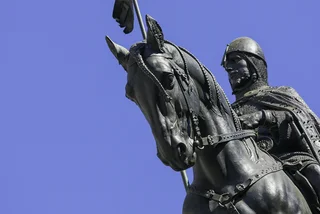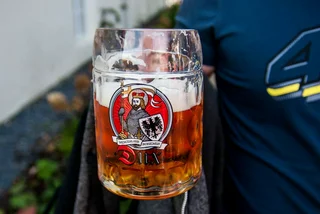Czech Statehood Day, also commonly called the Feast of St. Wenceslas, has been a national holiday since September 28, 2000.
The holiday celebrates both the foundation of the Czech Republic and commemorates one of its most prominent historical figures, Wenceslas.
The holiday also sees store closures throughout the country, including hypermarkets and supermarkets as well as some hobby shops.
Small shops with an area less than 200 square meters can remain open, as can those in transit areas such as airports and train stations. Shopping centers will be open with adjusted hours, as shops over 200 square meters will be closed for the day (many food courts remain open with adjusted hours).
The sales ban does not apply to wholesalers such as Makro which will have all its stores open during standard operating hours.
Sales restrictions on selected holidays in stores over 200 square meters have been in effect since the end of 2016.
Large stores must remain closed on New Year's Day, Easter Monday, May 8, September 28, October 28, and December 25 and 26. Business associations have repeatedly criticized the law. On the contrary, trade unionists are working to extend regulation to all 13 holidays.
Who was St. Wencelas?
Wenceslas is the patron saint of Bohemia as well as the patron saint of the Czech Republic's most famous export, beer. In his lifetime, he supported local brewers by declaring punishment by death for anyone caught exporting hops, to maintain the singular flavor of Czech beer.
In recent years, Wenceslas’ feast day has been associated with a popular market and beer celebrations, though many of these events were toned down or canceled last year due to coronavirus restrictions.
Here we take a look at the the life of Wenceslas as well as the curious history behind some of the relics associated with his life, many of which can be seen in Prague.
Martyrdom and legends
While historical sources disagree on the year — either 929 or 935 — they agree that September 28 was the day Přemyslid dynasty Duke Wenceslas, or Václav in Czech, was murdered by his brother Boleslav the Cruel in the town of Stará Boleslav.
The dispute possibly was centered on religion, with Wenceslas favoring Christianity and Boleslav wanting to take over and restore the pre-Christian ways. Boleslav, though, when he reached power did not turn back the tide of Christianity.

After Wenceslas’ death, he was elevated to king by Holy Roman Emperor Otto I, which explains why he is called Good King Wenceslas in the popular Christmas song. The movement to call him a Christian saint began quickly after his demise. His relics are now stored in St. Vitus Cathedral, and every year on his feast day some of them are taken to Stará Boleslav and back in a religious pilgrimage.
His legend has been essential in solidifying the idea of a Bohemian people. Like King Arthur, the spirit of Wenceslas is supposed to return when Bohemia is in its deepest peril. His shield, with a black eagle, is part of the current state symbols of the Czech Republic.
Wenceslas is also associated with justice. One legend says that the oxen transporting his remains to Prague Castle stopped in front of a prison that stood at what is now Malostranské náměstí. They did not move until an innocent man inside the jail was freed. A small, round Chapel of St Wenceslas was built on the spot. Its ruins are inside the Faculty of Mathematics and Physics of Charles University and are sometimes open to the public.
Commemorative statues and Prague's most famous square
In Prague, the saint lends his name to Wenceslas Square, which has a statue of him at its top, in front of the National Museum.

Wenceslas Square, the most important square in Prague, was known as the Horse Market (Koňský trh) until 1848, and was renamed as part of the National Awakening movement, which would eventually lead to the creation of Czechoslovakia in 1918.
The statue of St Wenceslas that you see today is actually the second one. The first was a small sandstone affair by sculptor Johann-Georg Bendl, dating to 1680. It stood in the center of the square until 1879 and then was moved to Vyšehrad, where it still stands somewhat hidden in an overgrown field.
The current statue is the work of Josef Václav Myslbek, and it took decades to make, from 1887 to 1924. It also features four outher Czech saints surrounding the base: Ludmila, Agnes of Bohemia (Anežka Česká), Prokop, and Adalbert (Vojtěch).
Architect Alois Dryák designed the base. which has a reference to Wenceslas as the defender of the nation. It translates to “St Wenceslas, duke of the Czech land, our prince, don’t let us or our descendants perish.”
The statue has been the site of many historic events, such as the reading of the document declaring Czechoslovak independence on October 28, 1918, as well as the Velvet Revolution on 1989.
Early models show that many design changes were made before it was built. Most notable, the original designs have Wenceslas in a soft and bulbous fur hat, as he is often depicted. This was changed to a copy of the helmet of St Wenceslas, which is part of collections connected to the crown jewels at Prague Castle. The origins of the helmet, though, are not clear and it is uncertain whether it actually belonged to Wenceslas.

The horse’s tail is also tied in an unusual way. This was done simply to make the horse look neater as the stringy hair of the tail is hard to sculpt. Meeting “under the tail” used to be popular for couples in the days before mobile telephones.
There is a parody of Myslbek’s statue hanging in Palác Lucerna. It depicts the helmeted rider on an upside-down dead horse. The work, by David Černý, is thought to be critical of politician Václav Klaus.
Aside from Czech Statehood Day, significant national holidays include the Restoration Day of the Independent Czech State on January 1, marking the 1993 split with Slovakia; Independent Czechoslovak State Day on October 28, for the establishment of Czechoslovakia in 1918; and Struggle for Freedom and Democracy Day on November 17, remembering the Velvet Revolution of 1989.












 Reading time: 5 minutes
Reading time: 5 minutes 






























